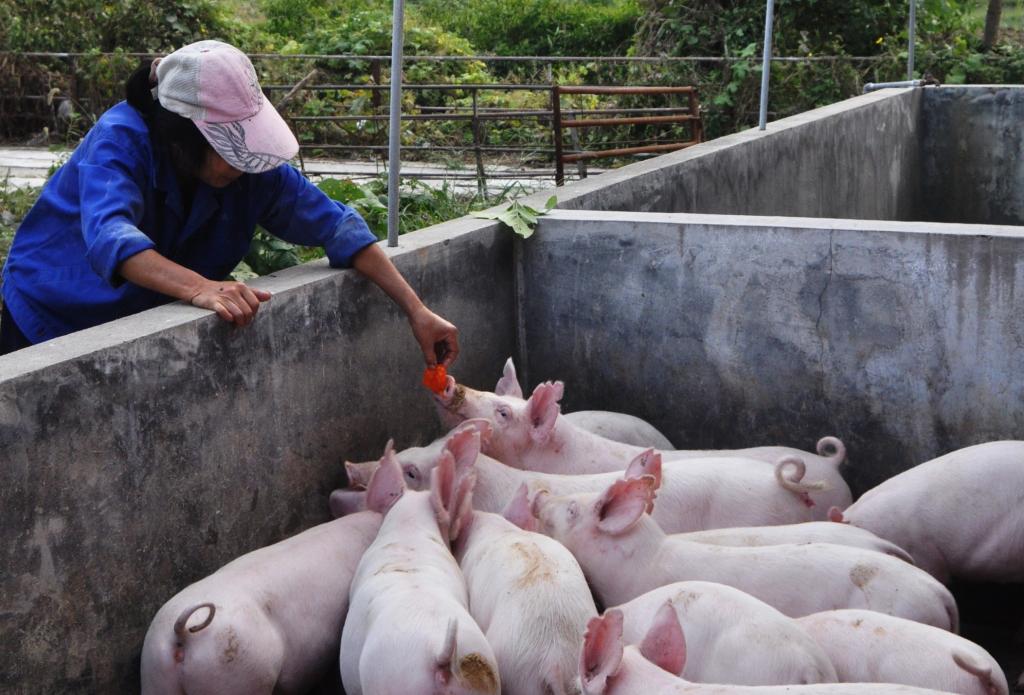Societal benefits of halving agricultural ammonia emissions in China far exceed the abatement costs
Mitigating agricultural ammonia (NH3) emissions in China is urgently needed to avoid further damage to human and ecosystem health. Effective and feasible mitigation strategies hinge on integrated knowledge of the mitigation potential of NH3 emissions and the associated economic costs and societal benefits. Here we present a comprehensive analysis of marginal abatement costs and societal benefits for NH3 mitigation in China.
Abatement costs lower than estimated societal benefits
The technical mitigation potential of agricultural NH3 emissions is 38–67% (4.0–7.1 Tg N) with implementation costs estimated at US$ 6–11 billion. These costs are much lower than estimates of the overall societal benefits at US$ 18–42 billion. Avoiding unnecessary fertilizer use and protein-rich animal feed could provide 30% of this mitigation potential without additional abatement costs or decreases in agricultural productivity. Optimizing human diets with less animal derived products offers further potential for NH3 reduction of 12% by 2050.

Authors
Specifications
- Publication title
- Societal benefits of halving agricultural ammonia emissions in China far exceed the abatement costs
- Publication date
- 22 September 2020
- Publication type
- Article
- Page count
- 10
- Publication language
- English
- Issue
- Nature Communications (2020):11:4357
- Product number
- 4279




